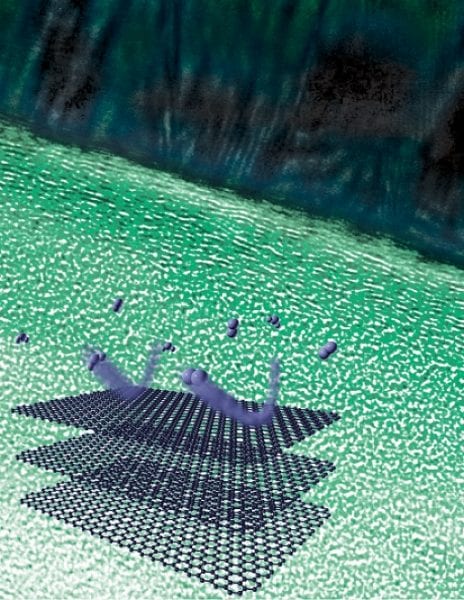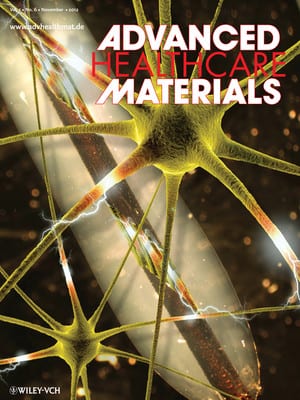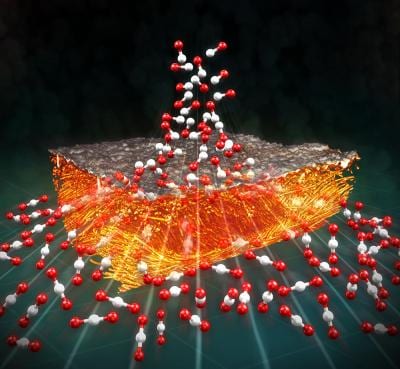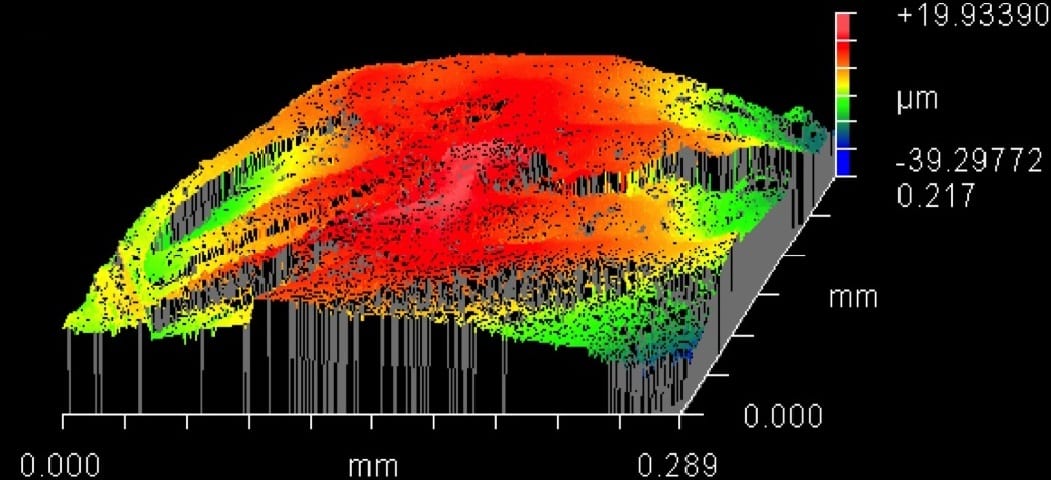Recent research into combining graphene, graphene oxide and reduced graphene oxide with polymers for use as barrier materials is reviewed.


Recent research into combining graphene, graphene oxide and reduced graphene oxide with polymers for use as barrier materials is reviewed.

Dr. Gloria Tabacchi from Insubria University has, in new research, reviewed the main issues in first principles modeling of the CVD process.
A new straightforward method, based on nonlinear photoperturbation, enables monitoring the response of nuclear proteins to DNA damage in time and space.

Chunhai Fan, Ali Khademhosseini, André Nel, Catherine Picart and Nicholas Peppas join the Editorial Advisory Board of Advanced Healthcare Materials.

Micro-computed X-ray tomography and microfluidic-based electrochemical analysis give new insights into into electrode structure-performance relationships.

Research group from the Duke University develops a three-dimensionally woven fiber scaffold which mimics the properties of native cartilage.

Researchers have obtained clear, crisp atomic images of an li-ion battery electrode during charging.
Plastic bags coated by plasma at atmospheric pressure can serve as GMP laboratories for the cultivation of adherent cells.

PEEK-like phthalonitrile resin has superior high-temperature and flammability properties for use in numerous marine, aerospace, and domestic applications.
Rice lab finds vanadium oxide/graphene material works well for lithium-ion storage.